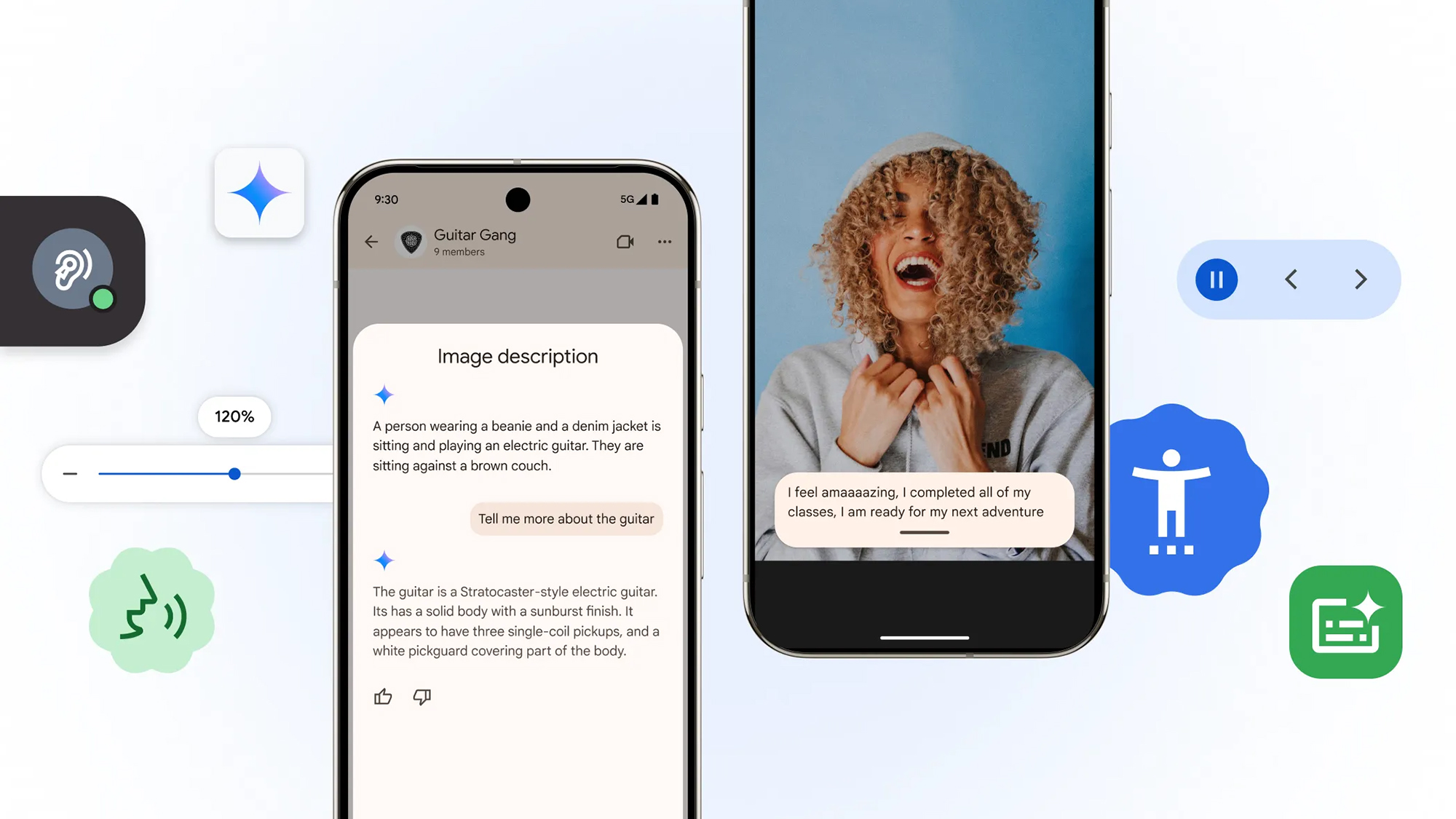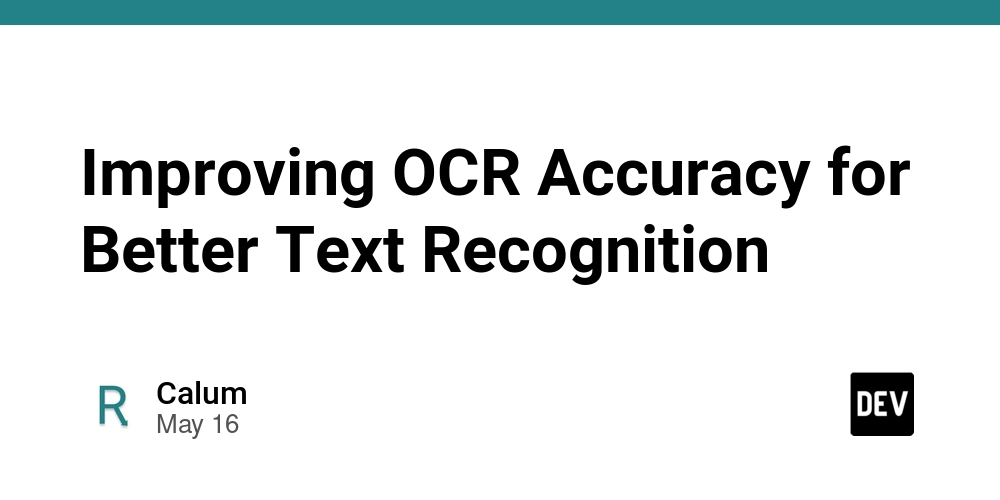Cybersecurity blind spots: why ignoring QA risks crashing your product
Why the gap between software quality and security is growing and how to close it.

ISO 25000 defines "software security" as a key pillar of product quality, performance, maintainability, and reliability. But in practice, cybersecurity is often an afterthought, deprioritized in the name of speed and innovation, resulting in a growing disconnect between quality and security. The recent case of DeepSeek is a perfect example. Despite rapid product development and cost efficiency, the company failed most of its security tests, exposing major flaws in its risk posture.
This isn't an isolated incident. Across various stakeholders and industries, "quality" means different things depending on who you ask. Developers may view it as bug-free functionality, designers may point to user experience, and executives may care most about time to market, ROI, and customer satisfaction. Meanwhile, security often sits outside those priorities—treated as a compliance box or post-release concern.
The result? A widening divide. Organizations take an average of 55 days to fix just half of critical vulnerabilities. Attackers don't need nearly that long. Exploits from CISA's Known Exploited Vulnerabilities catalog often circulate within five days of discovery. That's a 50-day exposure window, and that's if you're among the faster teams. Most aren't.
To close this gap, teams must move beyond reactive security measures and adopt a proactive, integrated approach to quality—one that treats security as a core part of the development lifecycle, not something bolted on at the end.
Data Flow Vulnerabilities: The Hidden Security Risk
Modern quality assurance (QA) is built around fast, repeatable feedback. Fail a test, file a bug, and fix it before it hits production. Teams are fluent in this rhythm. But when it comes to security issues, the rhythm breaks. Often, the assumption is that vulnerabilities weren't detected in time. But the real problem isn’t just detection, it’s a breakdown in how security signals flow through the development lifecycle.
Security tools generate noisy and low-quality signals, leading to false positives and negatives. And, with the rise of proactive, left-sided practices—like threat modeling, IDE plugins, pre-commit hooks, and early scans—the volume of signals has only increased. Tools like SAST, DAST, and dependency scanners flood teams with thousands of alerts. Without a structured way to prioritize, sort, and assign these issues, developers fall back to what they know, and security becomes background noise, the divide deepens, and the path to resolution blurs.
To fix this, teams need to treat vulnerabilities like they treat bugs—because that's precisely what they are. Whether it's a flaky unit test or a known SQL injection risk, both represent a failure state and require prioritization. When security signals are pulled into the same systems developers already use—issue trackers, test automation, CI/CD pipelines—they get handled like any other failure, not ignored or delayed.
The Lag Is in the Handoff, Not the Discovery
Delayed security fixes put businesses, customers, and reputations at risk. It's tempting to think that catching vulnerabilities sooner will solve everything. But most teams already know where their weaknesses are. The current lag isn't about visibility. It's about propagation. Security alerts travel on a different track than everything else. QA teams test, triage, and file bugs as part of their day-to-day job. But AppSec alerts? They get forwarded. They live in separate tools. They sit on spreadsheets that no sprint team is ever going to open.
A single static scan can produce thousands of results; most go untouched without a structured way to sort through them. According to a Ponemon Institute survey, 61% of IT and security professionals struggle to remediate vulnerabilities effectively. Only 20% believe they can reliably detect vulnerabilities before an application is released.
Once a vulnerability is known to the public, the clock is ticking. Exploits circulate quickly. By the time a team triages the alert, assigns it, and discusses a fix, the damage may already be done. And the fallout can be painful.
Victims of data breaches underperform the NASDAQ by 8.6% after a year—and more than 11% after two years. Customers don't easily forget, either. More than half (66%) of U.S. consumers say they wouldn't trust a company again after a breach, and 44% believe cyber incidents directly result from poor security measures. That trust is hard to rebuild, and the "patch later" mindset won't cut it anymore. Businesses can't afford to wait until the next release cycle to address known issues. So, what's the better approach?
Everything changes if you reframe those alerts as just another signal source—equivalent to a failed unit test. Developers already know how to act on that kind of data. They know how to prioritize based on severity and reproducibility, when to flag issues for later, and when to fix them immediately. Security can fit that mold. It just hasn't been given a seat at the table.
Align Security with Agile and Continuous Deployment
Perfect software doesn't exist. Teams deploy with known bugs all the time because getting the product out the door matters more than perfecting every edge case. Security should be viewed similarly: not every vulnerability must be fixed before release, but every risk should be known, tracked, and managed. That's how mature teams work—not by pretending every build must be flawless but by making tradeoffs with their eyes open.
This doesn't mean every security issue needs to block deployment. Just like teams go to market with known minor bugs, they can also do it with low-priority vulnerabilities—so long as there's visibility and a plan.
Deploying with a known issue is one thing. Deploying with a critical vulnerability no one's aware of is something else entirely. When teams pull security data into the same locations they manage tests and bugs, those tradeoffs become more intentional. The product team knows what's at stake, the security team has visibility, and teams can jump on it fast if something changes.
Embed Security Testing Throughout the Development Lifecycle
Security is a lifecycle, not a checklist. It should be embedded into planning, implementation, testing, and monitoring. Address risks early in planning to prevent coding vulnerabilities, integrate testing findings into sprint cycles for timely remediation, and implement post-deployment scans to defend against new threats. This proactive, lifecycle-wide approach shifts security from a daunting challenge to a manageable process, prioritizing strategic risk mitigation over chasing perfection.
Additionally, all teams, regardless of size or resources, stand to gain from leveraging a comprehensive suite of tools that bring security, quality, and testing together under one roof. When signal sources are fragmented across disconnected systems, teams lose time chasing context and resolving conflicts between tools. But with a unified platform, organizations can centralize insights, reduce noise, and make faster, more informed decisions.
This integrated approach helps security shift from a bottleneck to a core enabler of speed and resilience. Instead of reacting to siloed alerts, teams can respond to prioritized, correlated findings within the workflows they already use—accelerating resolution without compromising risk management.
The Stakes Are Already Too High to Wait
The fastest, most effective teams don't just build quickly. They build securely by embedding security into the systems they already trust. They treat security bugs like any other failure and make tradeoffs based on visibility, not guesswork.
Teams that close the gap between security and quality will be better equipped to deliver resilient, high-performing software at speed. By integrating security throughout the development lifecycle—with structured prioritization, continuous feedback loops, and tools that unify signals across teams—organizations can reduce risk, protect their reputation, and earn lasting customer trust.
When done right, security becomes part of the rhythm of development, not a disruption.
We've made a list of the best patch management software.
This article was produced as part of TechRadarPro's Expert Insights channel where we feature the best and brightest minds in the technology industry today. The views expressed here are those of the author and are not necessarily those of TechRadarPro or Future plc. If you are interested in contributing find out more here: https://www.techradar.com/news/submit-your-story-to-techradar-pro









































































































































































![[The AI Show Episode 147]: OpenAI Abandons For-Profit Plan, AI College Cheating Epidemic, Apple Says AI Will Replace Search Engines & HubSpot’s AI-First Scorecard](https://www.marketingaiinstitute.com/hubfs/ep%20147%20cover.png)

























![How to Enable Remote Access on Windows 10 [Allow RDP]](https://bigdataanalyticsnews.com/wp-content/uploads/2025/05/remote-access-windows.jpg)


















































































































































-Marathon-Gameplay-Overview-Trailer-00-04-50.png?width=1920&height=1920&fit=bounds&quality=70&format=jpg&auto=webp#)












































![Artist Shocked To Find Her Poster Designs From 2017 In Bungie's Marathon: 'A Major Company Has Deemed It Easier To Pay A Designer To Imitate Or Steal My Work Than To Write Me An Email' [Update]](https://i.kinja-img.com/image/upload/c_fill,h_675,pg_1,q_80,w_1200/4ce7afff77473c3cccca9cc349c42790.jpg)










































-Olekcii_Mach_Alamy.jpg?width=1280&auto=webp&quality=80&disable=upscale#)



















































































-xl.jpg)



























![Sony WH-1000XM6 Unveiled With Smarter Noise Canceling and Studio-Tuned Sound [Video]](https://www.iclarified.com/images/news/97341/97341/97341-640.jpg)


![Watch Aston Martin and Top Gear Show Off Apple CarPlay Ultra [Video]](https://www.iclarified.com/images/news/97336/97336/97336-640.jpg)










































![Apple Slaps Warnings on Apps Using External Purchases in the EU [Updated]](https://images.macrumors.com/t/Zy0e-JLM0fNyngEYaXu5rMH1lJk=/1920x/article-new/2025/05/app-store-external-payments-warning.jpg)



























































